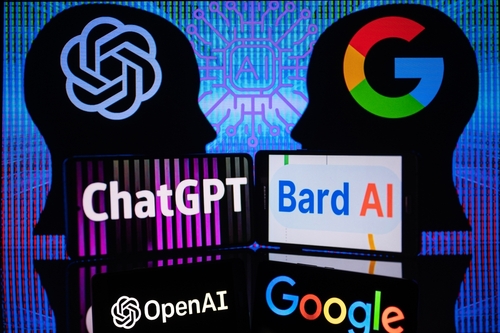ChatGPT has gone viral, not simply because it can pass business school exams or write entire news articles. It’s captured the world’s attention because it signifies the first widely known AI technology that challenges the one trait humans always thought they would have over machines: creativity.
Let’s get one big item out of the way: ChatGPT augments but does not replace seller creativity and judgment. The technology will not replace sellers; workers that know how to use AI effectively will.
Still, all sales leaders should have the technology on their radar as a potential way to improve sales productivity. Its capabilities offer a glimpse into generative AI’s potential for disrupting B2B sales. For example, it can augment how sellers complete creative and analytical sales tasks by helping to automate administrative work, accelerate certain types of research, personalize or customize messages and come up with clever ways to interact with buyers.
Here are the four things they should know and do about ChatGPT.
How the Bot Got So Smart
ChatGPT is based on a huge language model – generative pre-trained transformer (GPT) version 3.5 – that uses deep learning to generate conversational text in a manner that looks and feels similar to that of a person. It is a no-cost AI chatbot from OpenAIthat generates text astonishingly similar to or better than what a person might produce.
ChatGPT has amassed a general knowledge of the world through training from vast amounts of data across the internet, using both supervised and reinforcement learning (human feedback) techniques.
Output Utility Is Dependent On “The Prompt”
B2B sales teams need guidance on how to best leverage generative AI technologies like ChatGPT.
The key to productive ChatGPT output lies in the quality of the input prompts used to guide the conversation. Poorly defined prompts lead to disjointed focus and overly high-level results. Effective prompts require clarity, concision and highly relevant details. Enabling the sales organization to use ChatGPT at scale requires a return to first principles thinking about how sellers communicate with buyers.
Lead conversations on preparing the following competencies: the craft of writing prompts; critical thinking to edit and tailor outputs from ChatGPT; and the digital dexterity to integrate another application into sellers’ highly detailed workflows.
ChatGPT Requires End-User Supervision
Use ChatGPT as a productivity aid to draft text, but carefully review the bot’s output before including in any messaging, particularly to existing or prospective customers, as the tool can be convincingly wrong.
From a credibility perspective, the burden remains on sellers to fact-check outputs for accuracy. From a creative perspective, sellers must include specific terminology and concepts into prompts, otherwise they will suffer from bland messaging.
Nascent Generative AI Technology Brings Risks and Limitations
The most widespread flaw with ChatGPT is the way it “hallucinates” or fabricates incorrect answers. This has massive ramifications for generated answers that are critical to the business or its reputation.
In addition, training data has the potential to be insufficient, obsolete or contain sensitive information and biases, leading to wrong responses and possible ethical or legal perils. After all, the base ChatGPT model is only trained through 2021, meaning that it excludes knowledge from then until present.
As technologies and products similar to ChatGPT become integral to revenue technology strategy over time, CSOs can start propelling their organizations in the right direction by:
- Experimenting – with caution – with ChatGPT’s applicability to creative and analytical B2B sales tasks. For instance, task a curious VP or director in the sales organization to evaluate ChatGPT’s usefulness in crafting low-stakes messages to clients.
- Viewing this tool as an opportunity to prepare the organization for the technology innovation wave coming in subsequent years that will be built on top of OpenAI or similar generative AI models.
- Understanding and taking steps to mitigate the potential risks to your organization before using the technology at scale.
Above all, avoid dismissing ChatGPT as a fad. This tool is just one example of a much larger trend of using foundation models and other techniques to enable generative AI across a broad number of B2B sales use cases.
Join Dan Gottlieb and his colleagues at the Gartner CSO & Sales Leaders Conference, taking place May 16-17, 2023 in Las Vegas.





